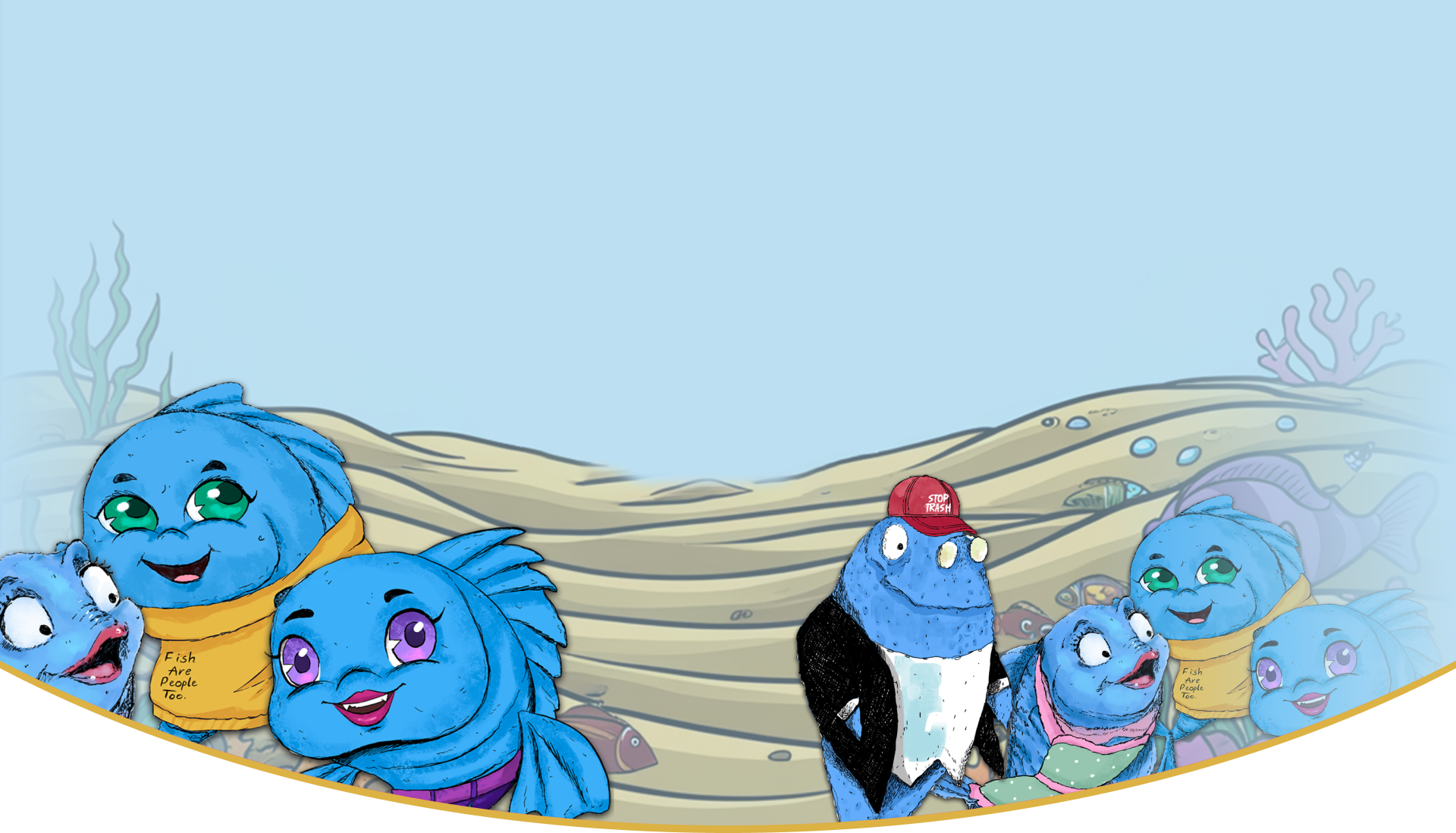Every superhero story starts with someone ordinary discovering they have the power to make a difference. Children possess a natural curiosity about the world around them, and when it comes to protecting our oceans, this curiosity can become their greatest strength. Young people often see problems with fresh eyes and aren’t held back by the “that’s just how things are” thinking that sometimes limits adults.
The first step in helping children become ocean champions is connecting them to the water in their own neighborhoods. Even kids who live far from the coast can find local streams, ponds, or lakes. These waterways eventually flow to the ocean, making every child a potential guardian of marine life. When kids understand this connection, they start seeing their local creek differently.
Simple observation activities work wonders. Ask children to spend ten minutes watching a local water source and noting what they see. Are there plastic bottles floating by? Is the water clear or cloudy? Do they spot any wildlife? This basic detective work helps them understand that water quality affects everything living in and around it.
School projects can become powerful tools for change. Children can research where their community’s storm drains lead, create presentations about local water issues, or organize classroom recycling competitions. When kids share what they’ve learned with classmates, the message spreads naturally through friend groups and families.
Community involvement has a real impact on children. Many towns have environmental groups that welcome young volunteers for beach cleanups, stream monitoring, or educational events. Children can also start their own initiatives, like organizing neighborhood plastic drives or creating informational posters for local businesses.
Technology offers new ways for kids to make their voices heard. They can create short videos about ocean conservation, start social media campaigns with their families, or use apps that track local pollution. When children document environmental problems in their communities, adults often pay attention in ways they might not otherwise.
The key is making conservation feel achievable rather than overwhelming. Instead of focusing on global problems that seem impossible to solve, children can tackle specific local issues. Maybe it’s convincing their school to stop using single-use plastic utensils, or getting their family to switch to reef-safe sunscreen for summer trips.
What makes children such effective environmental advocates is their honesty and enthusiasm. Adults often listen when kids express genuine concern about the future they’ll inherit. Parents, teachers, and community leaders frequently find themselves motivated to take action when children explain why clean oceans matter to them.
Children don’t need to wait until they’re grown up to protect marine life. With the right guidance and opportunities, they can start making real differences in their communities today, creating ripple effects that extend far beyond what anyone might expect.


